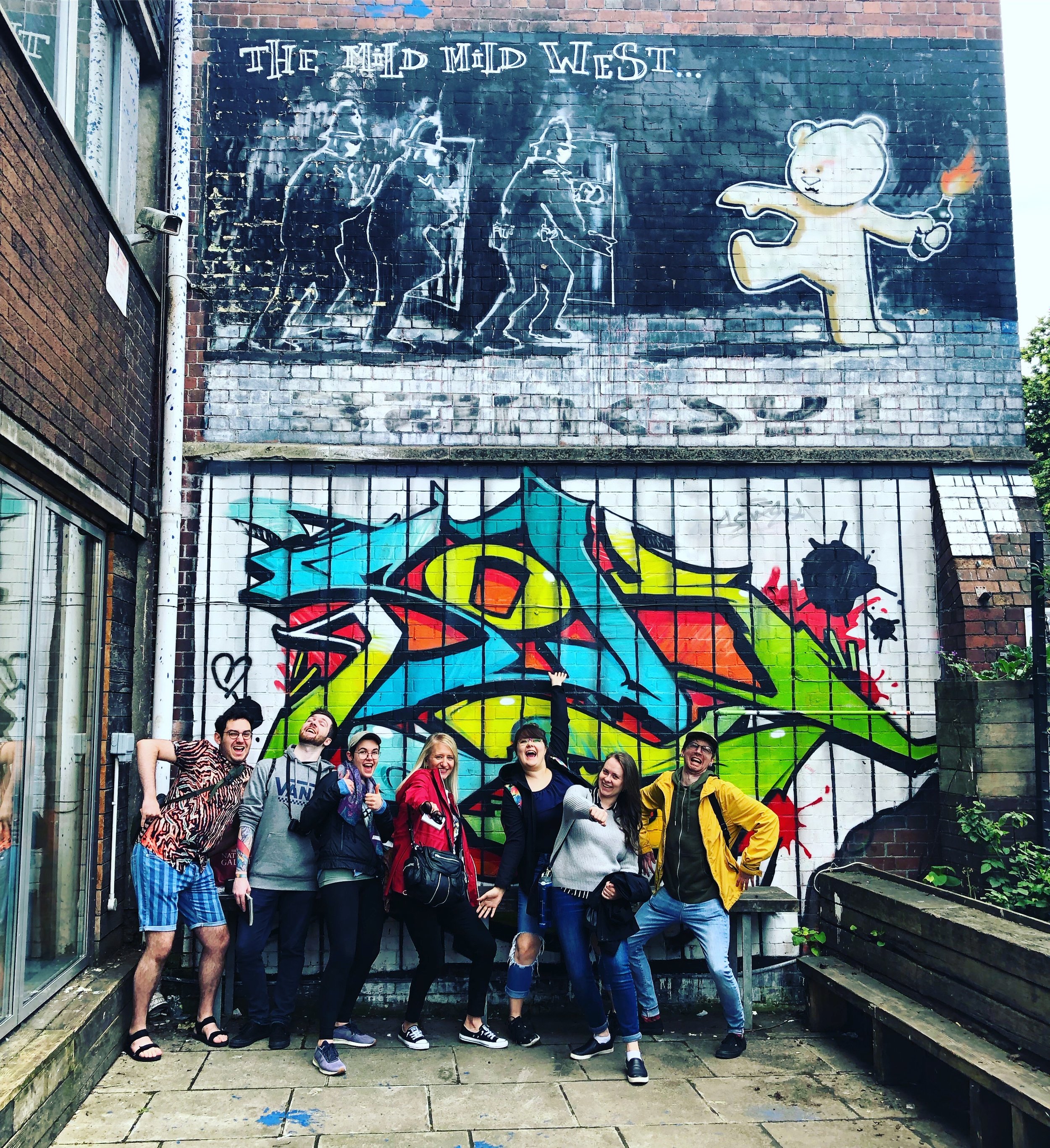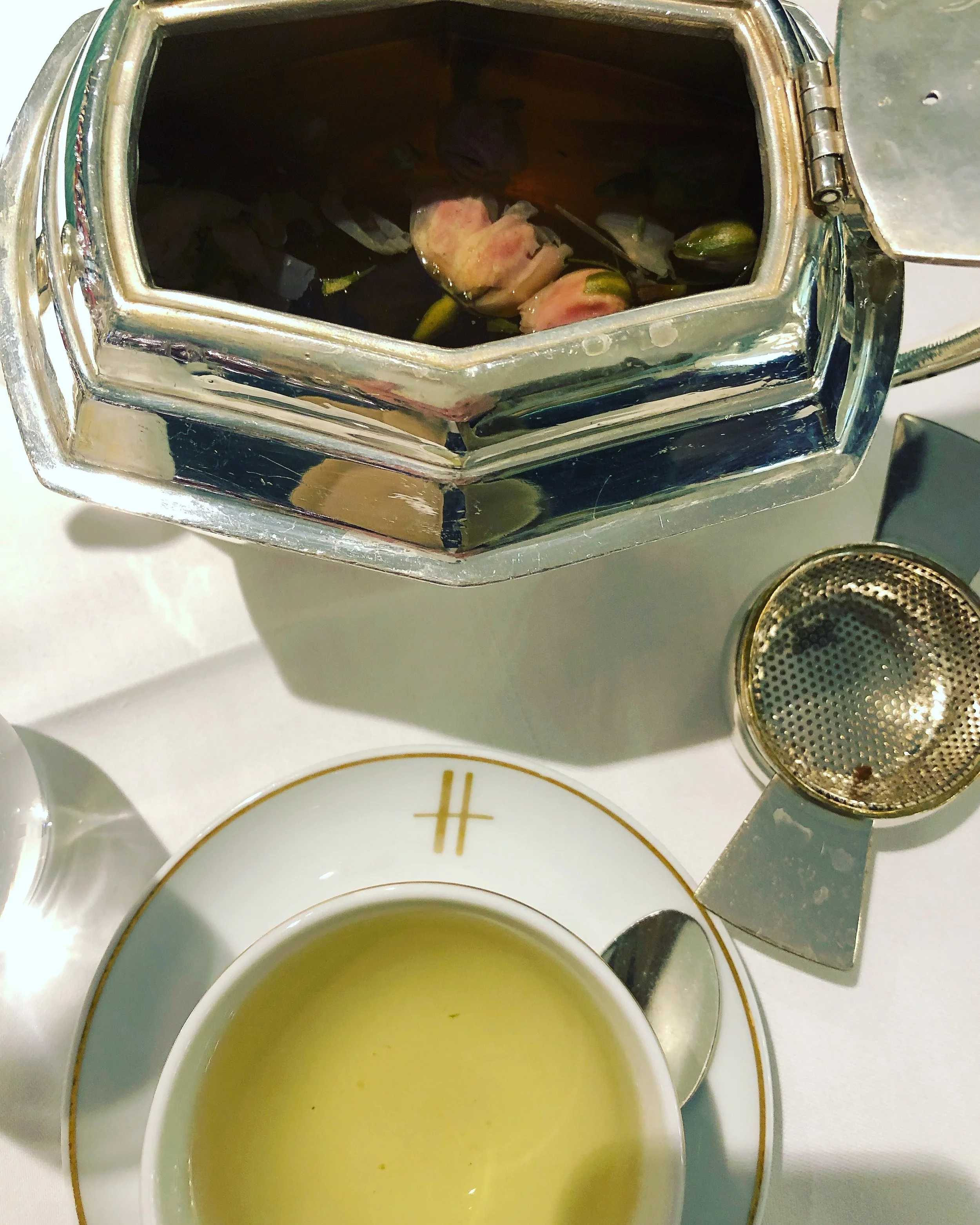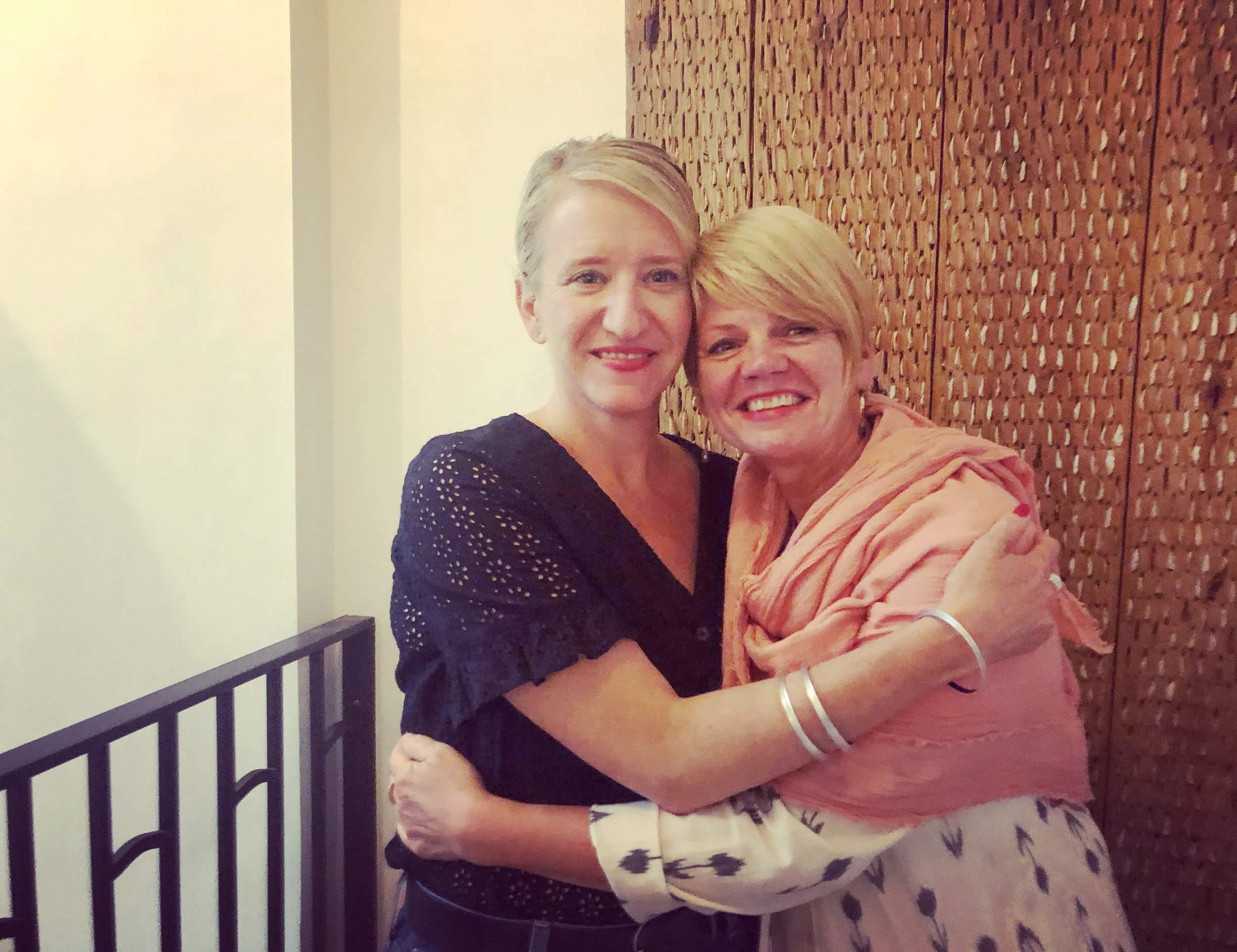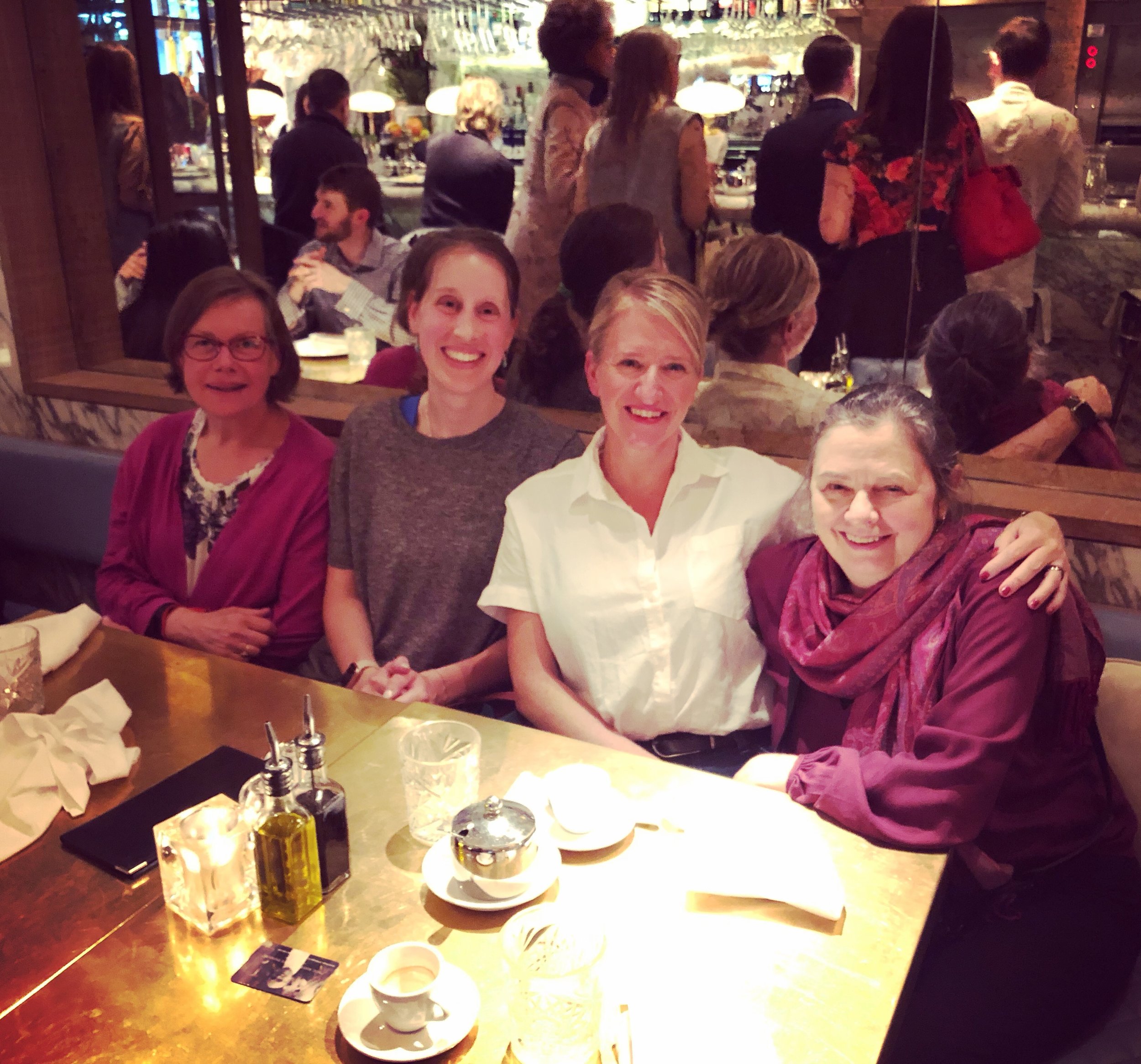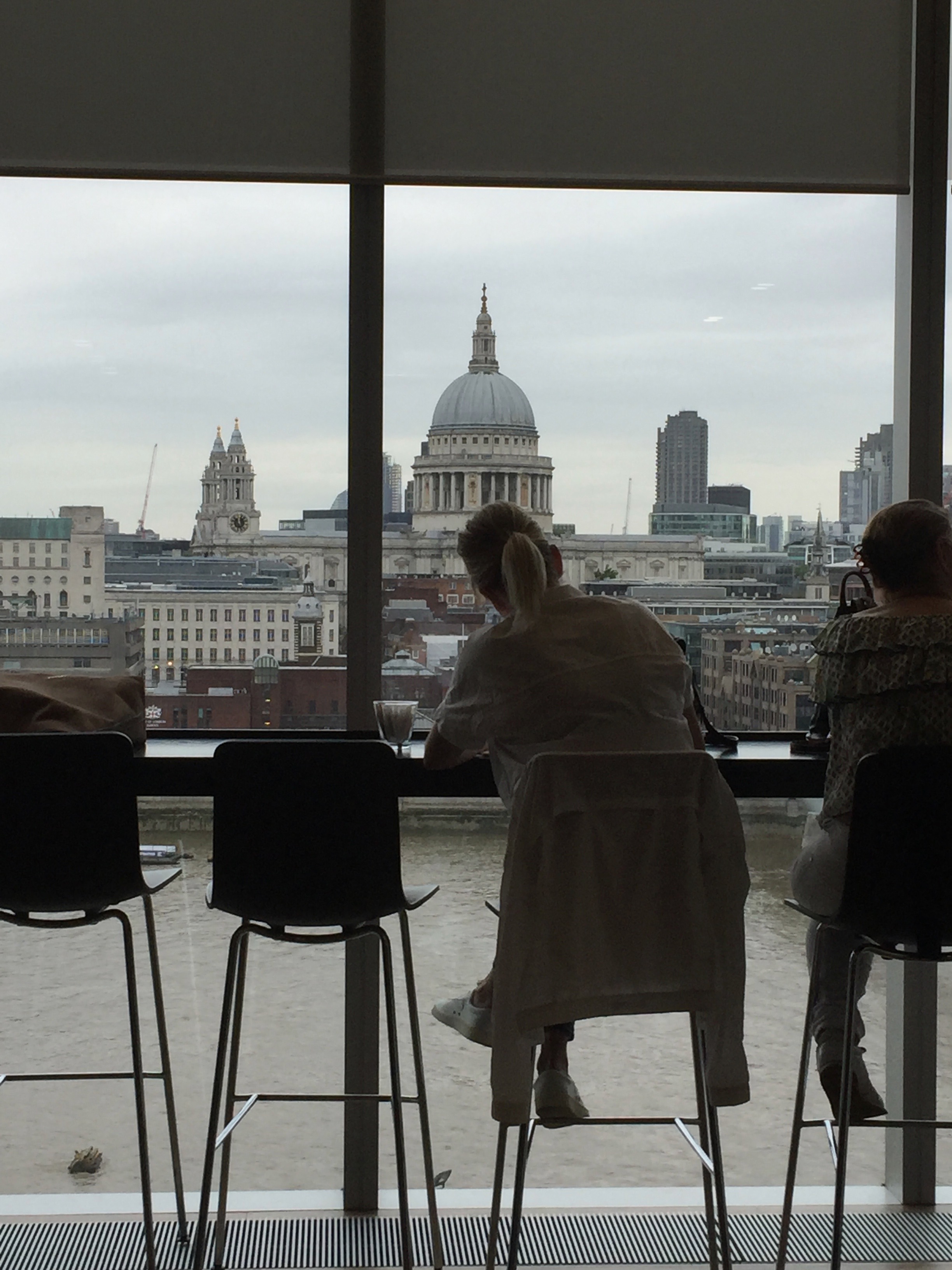Sitting at the academic midterm, I am finding my footing following the closing and wind-down of CONFLUX, an inaugural alumni art exhibition and catalogue that I organized and co-curated over the summer. It was a fantastic experience working with our thirteen participating artists from the past 8 years of the KPU BFA program in FIne Arts, and I am happy to still host the catalogue and images from the show on my website until we migrate the content to the main department website. Perhaps most importantly, the exhibition helped generate critical conversations about the special challenges of being an art student today, and helping to broaden the possible range of professional and creative opportunities afforded students who choose to undertake a BFA degree. Our most successful bit of programming was a round table discussion “Out in the Wilderness-- Life After Art School" that had several of our alumni artists sharing and speaking openly about the range of experiences they faced once exiting the cocoon of university. For a small taste of this, I urge those who have not seen the show or attended the roundtable to read my interview with co-curator Kenneth Yuen (embedded below). It is an honest and eye-opening conversation for which I’ve had great feedback.
As for this blog, it is a continual process of soul-searching and balancing the many projects and various hobbies and activities of my life when it comes to keeping up Avantguardian Musings. On the one hand, I recognize that the golden age of blogging has likely passed. Replaced by the digital economy of micro-blogging and visual/sonic overload seen via Instagram stories, podcasting, Twitter threads, and the move away from desktop computers, attention spans for longer-from content, and (let’s just say it) reading, is dwindling. On the other hand, I am seeing the logical outcome of this culture of accelerated distraction, online learning, and decentered knowledge production in an emerging generation of students. Many of them are starved for direction and critical reflection when it comes to research and learning, and wondering how to navigate the noise of the Internet and social media, especially when extracting the valuable from the sensational. I read an insightful book this summer that covers this and a range of related topics that I highly recommend to both students and the parents and teachers who work with them: Jean M. Twenge’s iGen: Why Today's Super-Connected Kids Are Growing Up Less Rebellious, More Tolerant, Less Happy and What That Means for the Rest of Us (2018). From this book I learned one of the most valuable ideas that I have begun to address in both my teaching and day to day interactions with young people (defined in the book as born 1995 and later)— that there is a thirst for real world connection, face-to-face peer communication, and deeper engagement with educators. It seems like such an old fashioned idea, but it is one that is challenging our tech fuelled world in a very profound and significant way.
Enjoy my weekly links (scroll through gallery and click, or head straight to list below), and note that my first pick goes a long way to sorting through the loneliness of youth we see reflected in the most fashionable corners of current Instagram culture.



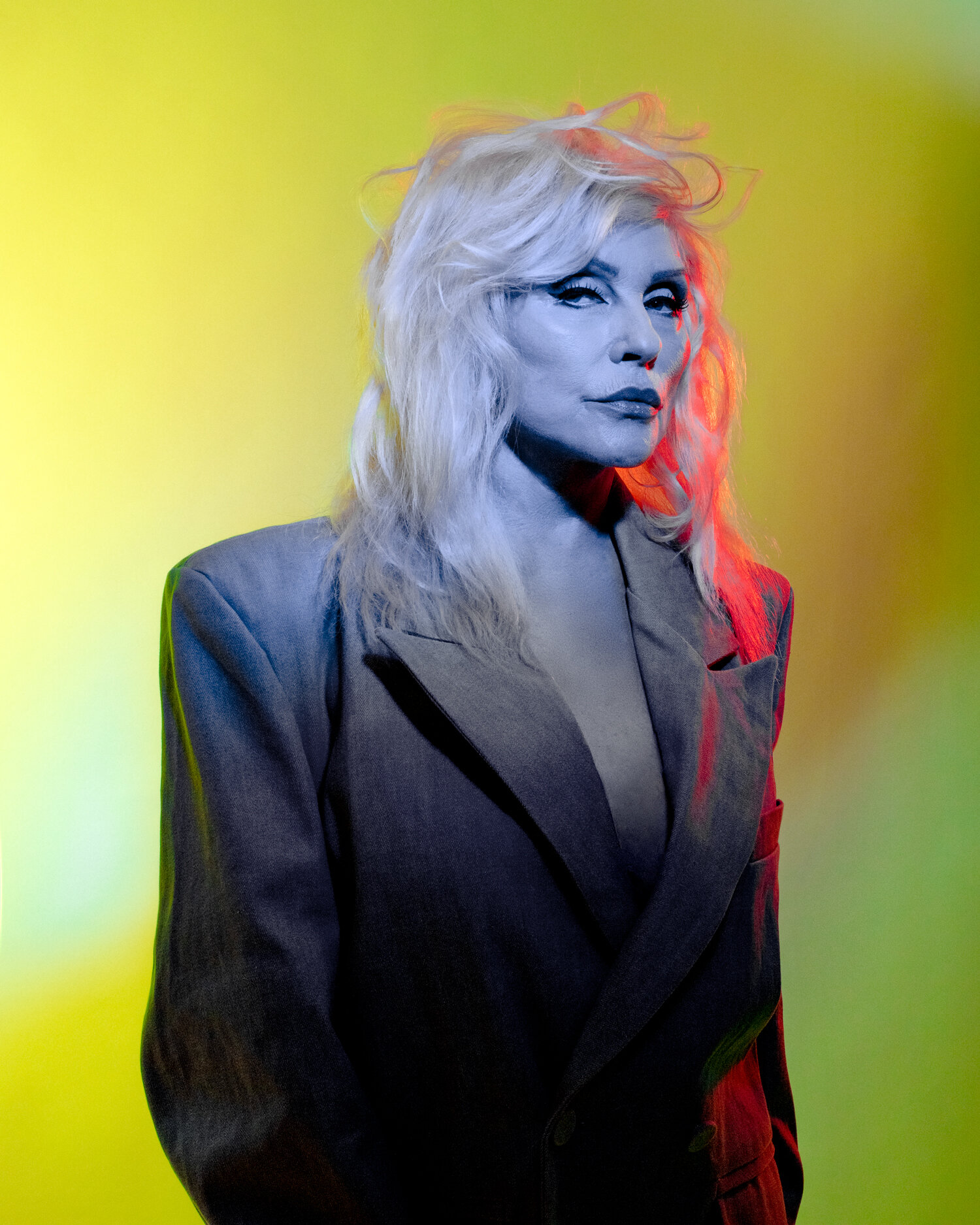






Why the New Instagram It Girl Spends All Her Time Alone
With a $450 Million Expansion, MoMA Is Bigger. Is That Better?
Gaming's #MeToo Moment and the Tyranny of Male Fragility
Debbie Harry and Cindy Sherman Compare Notes on Sex, Sexism, and Success
Capital and Complicity in the Art World
Frieze week: Ai Weiwei, Mark Bradford, Peter Doig, Melanie Gerlis, Hettie Judah (PODCAST)
Envisioning Manifest Destiny during the Civil War (VIDEO)
Kara Walker: Fons Americanus / Tate Modern, London (VIDEO)













